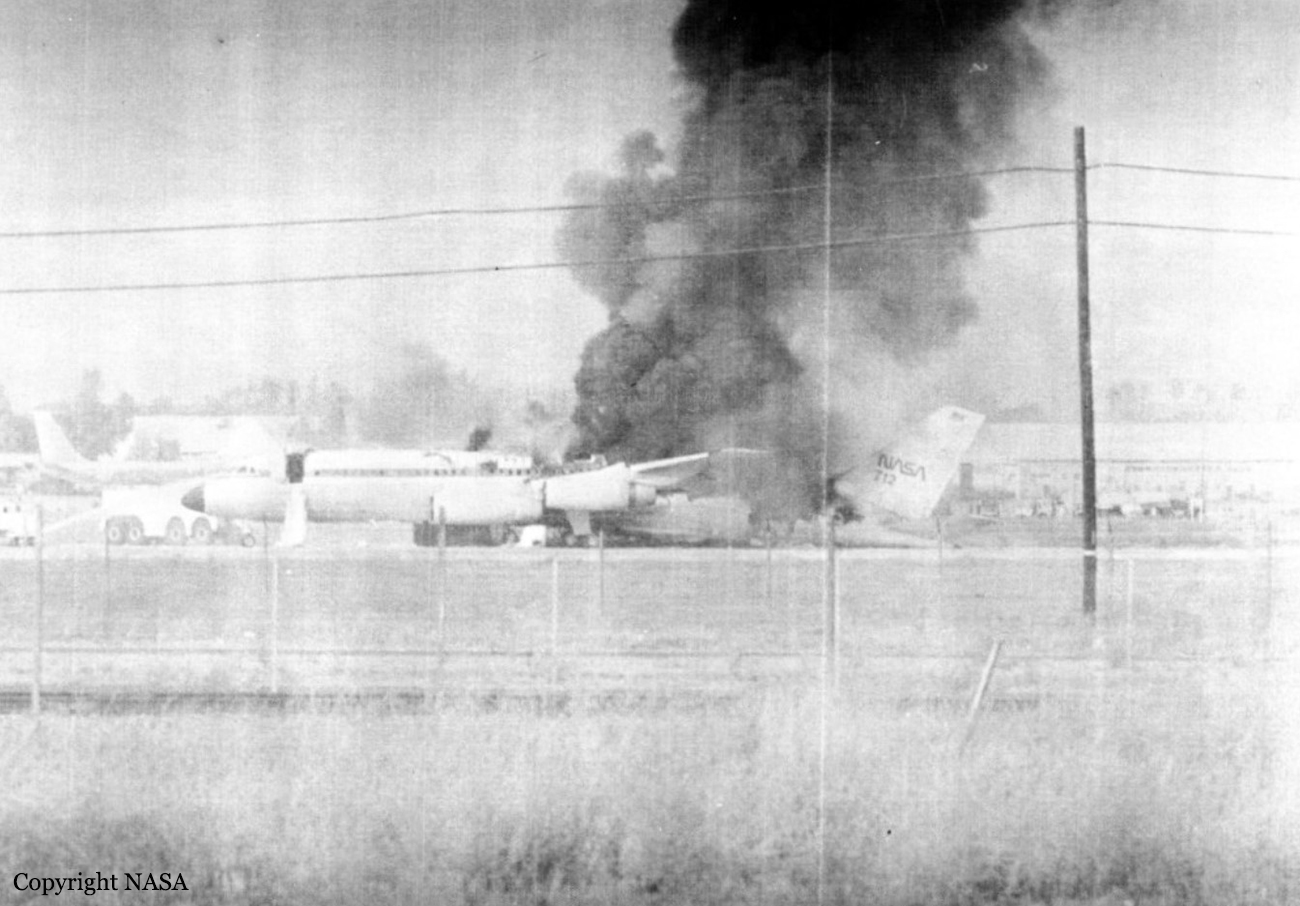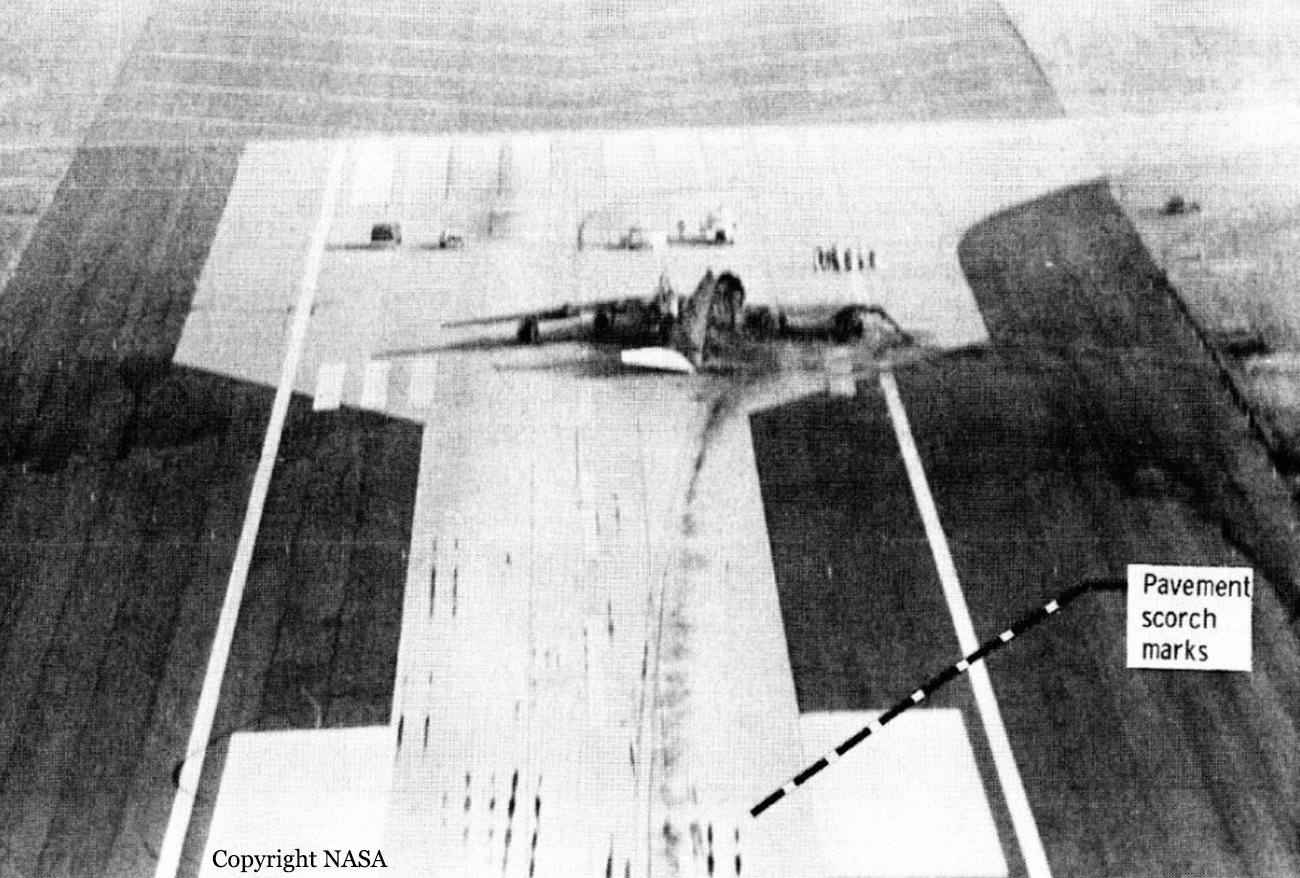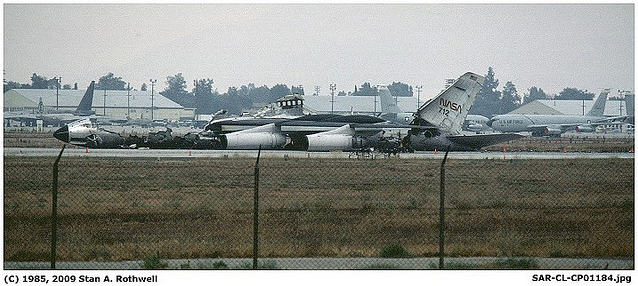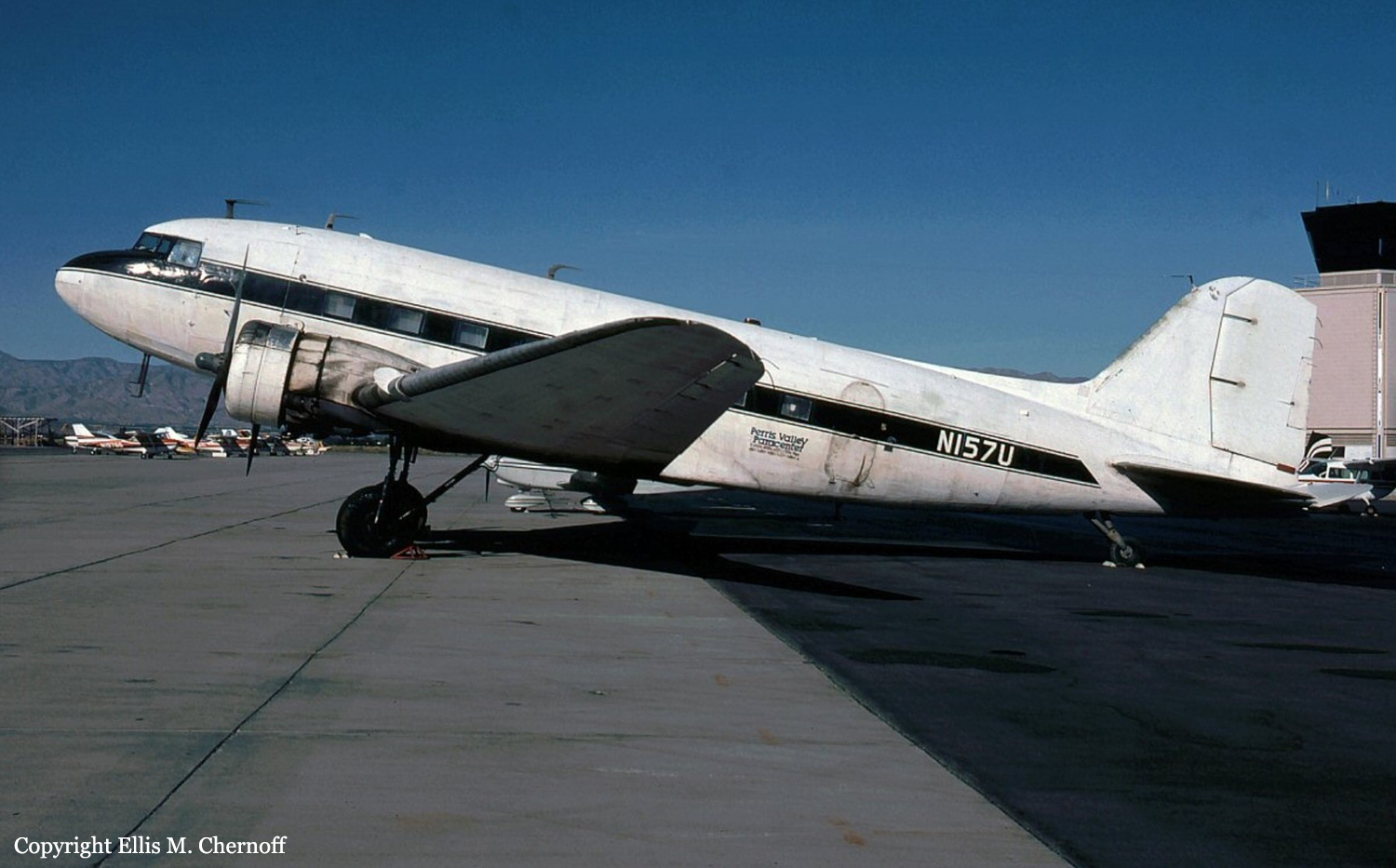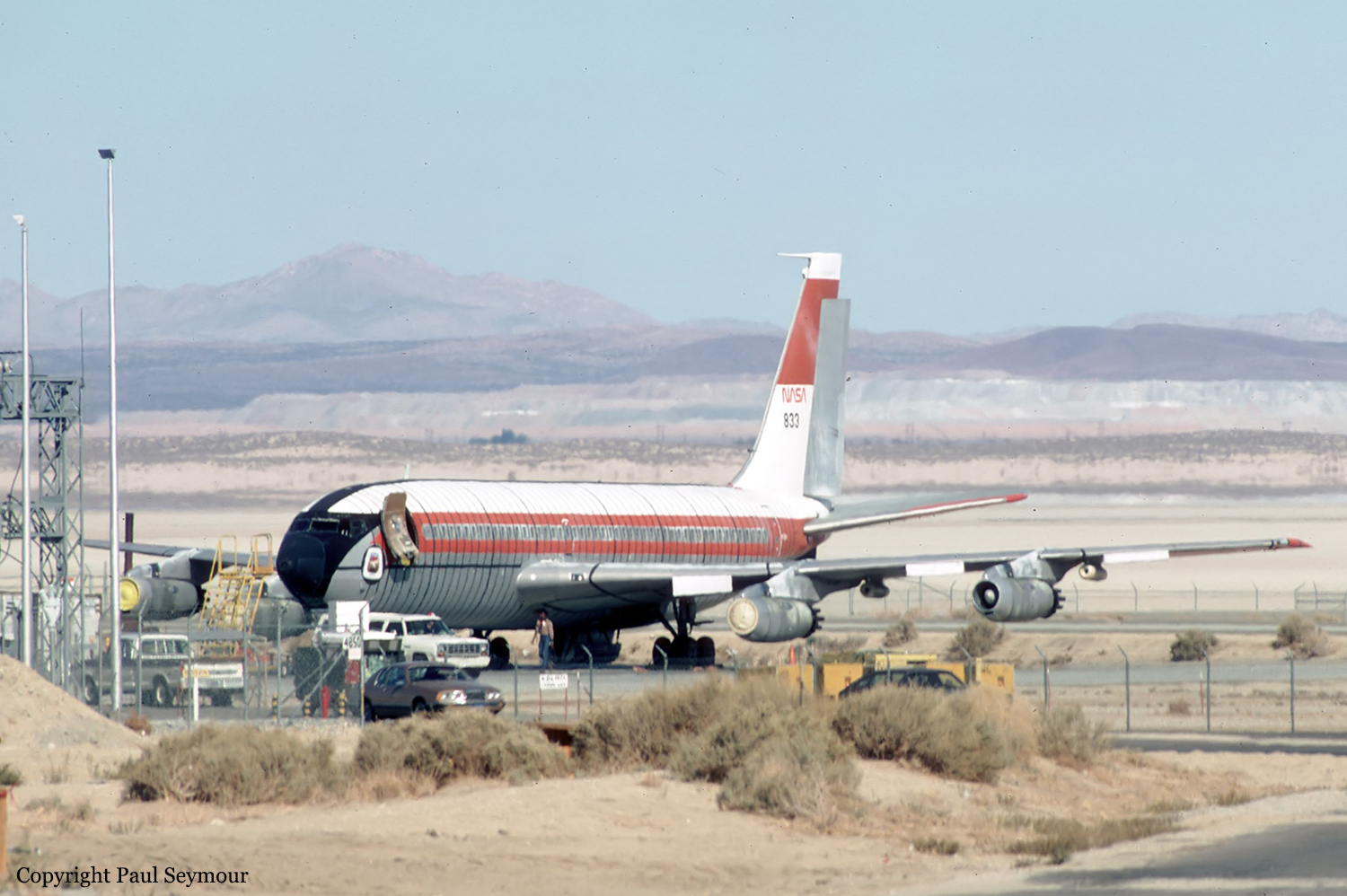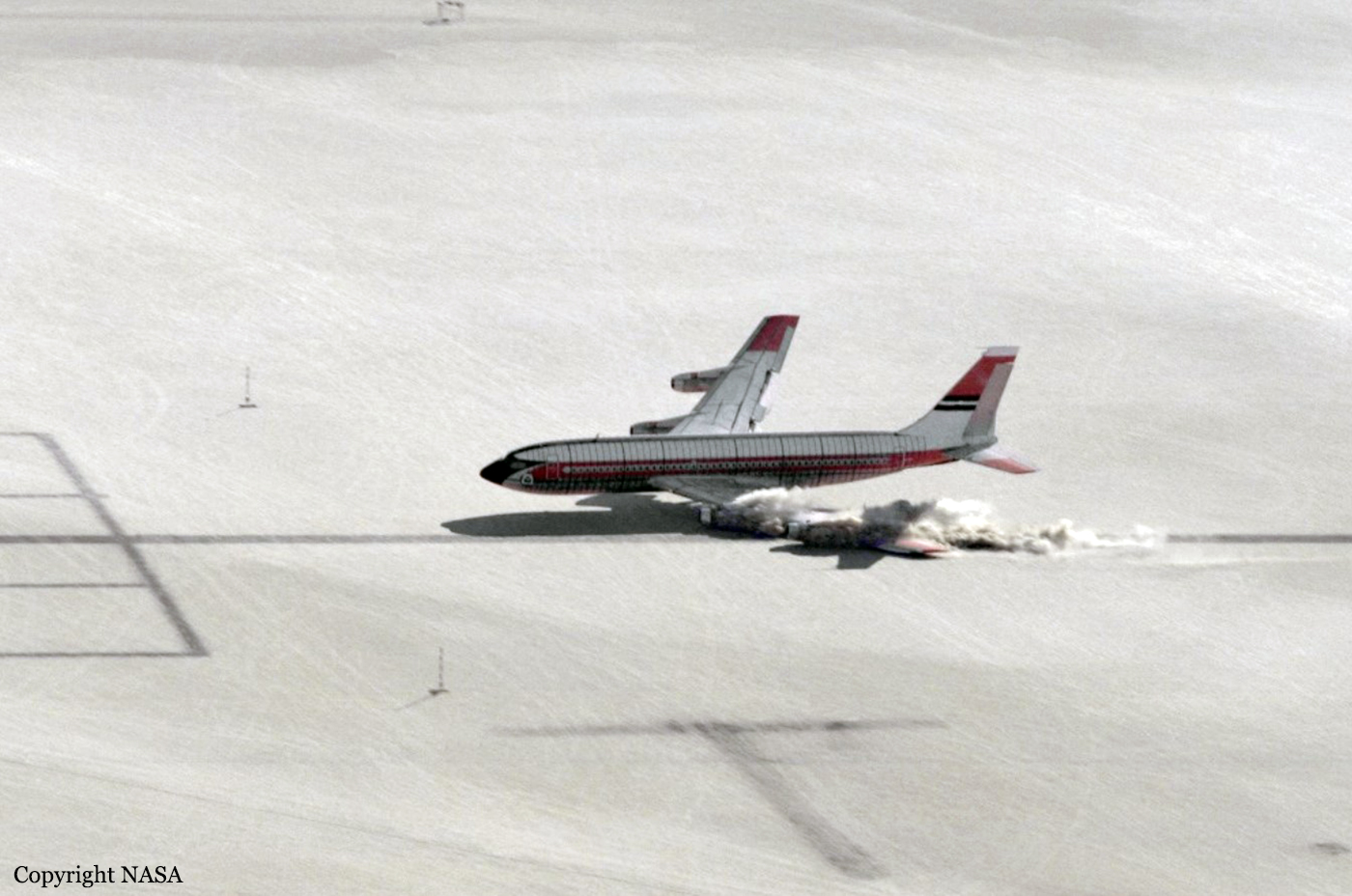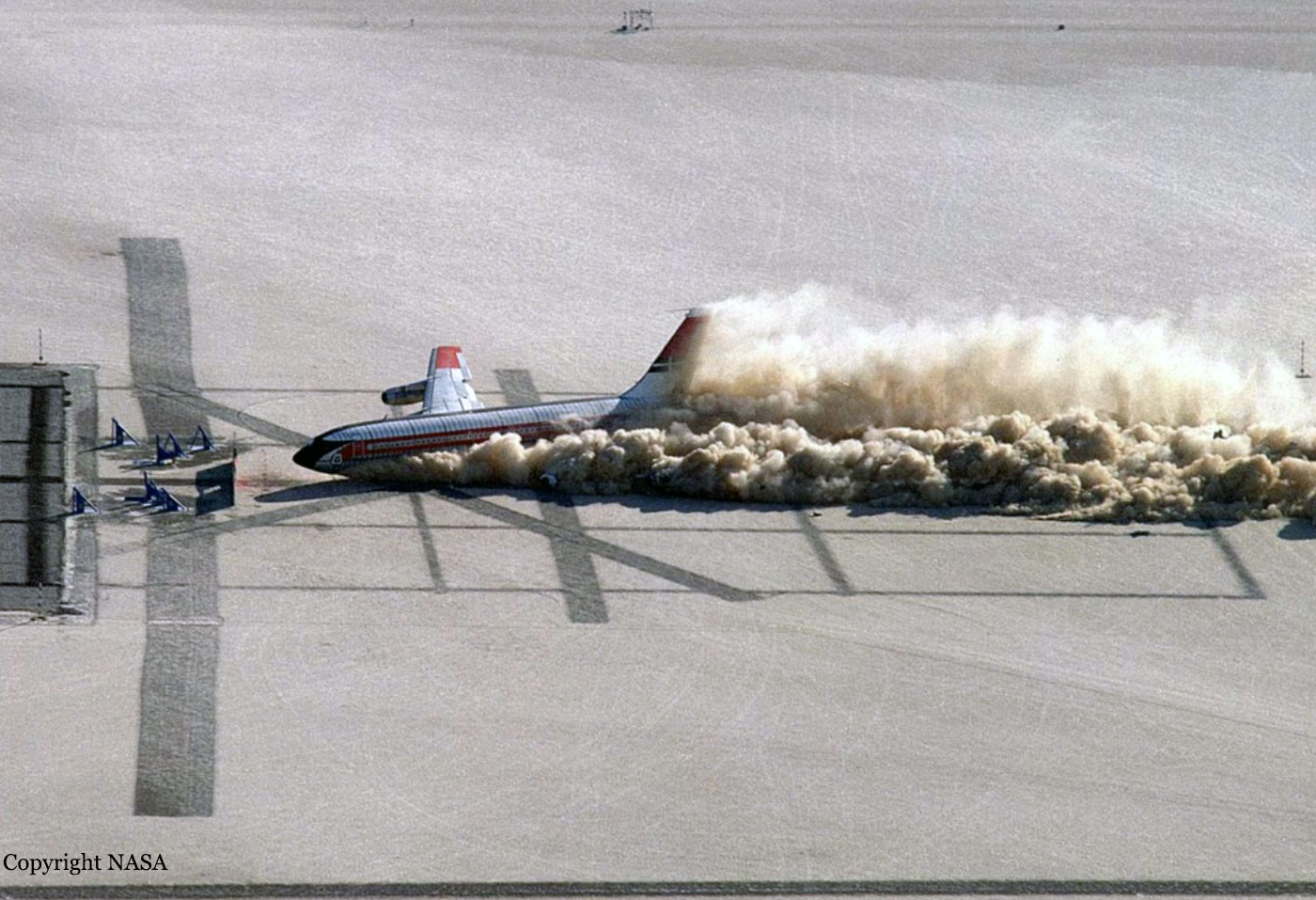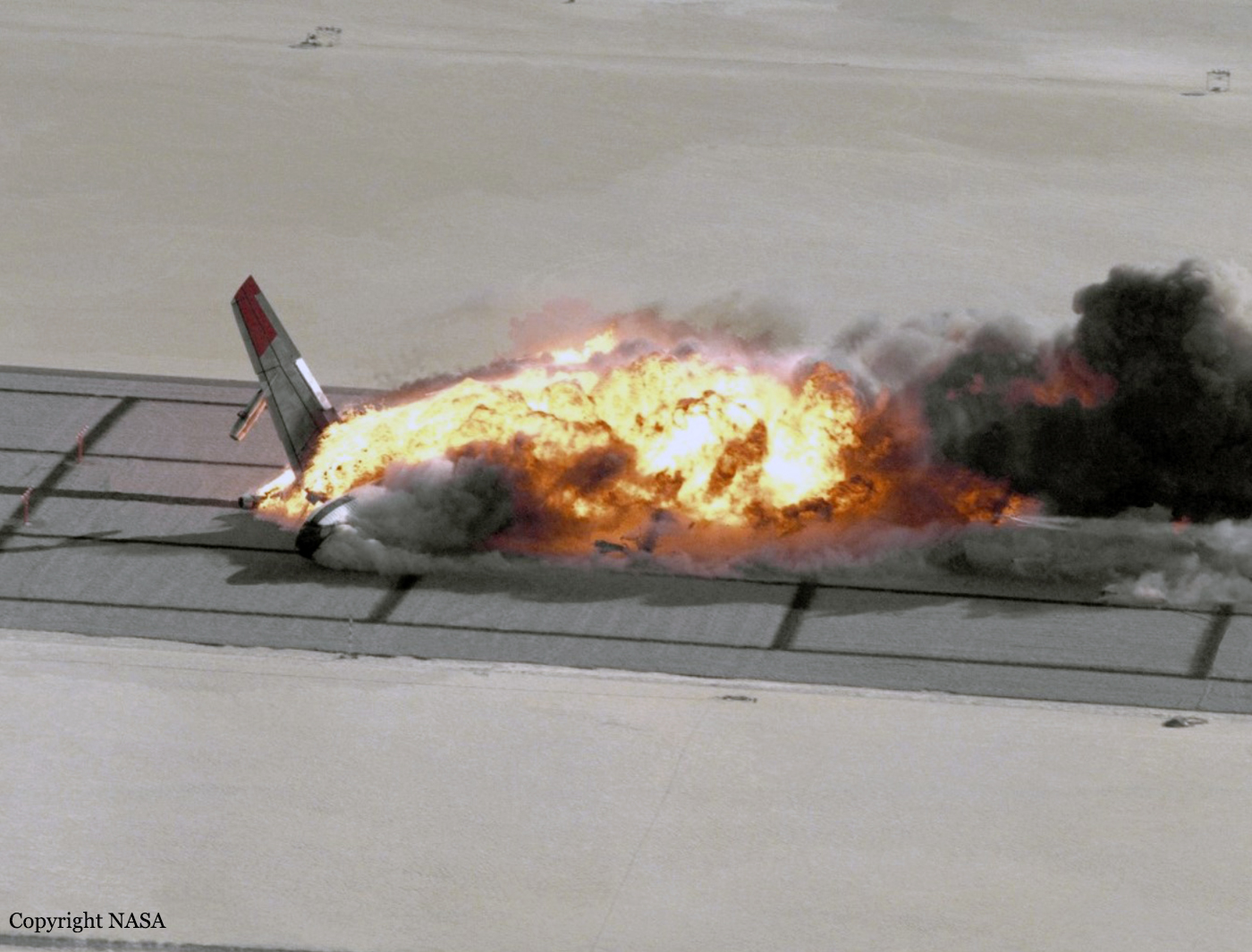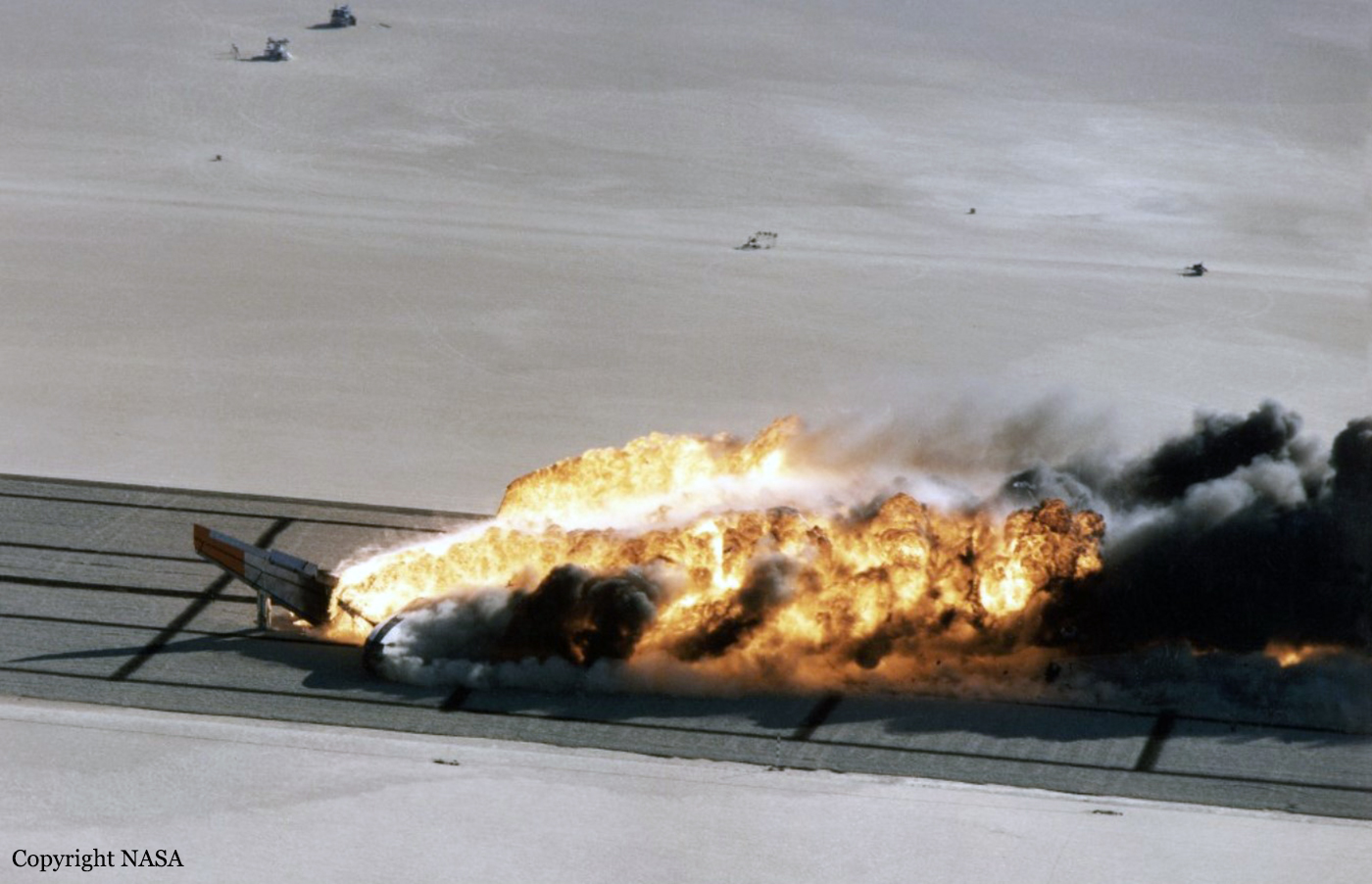Crash of a Boeing KC-135A-BN Stratotanker at Beale AFB: 7 killed
Date & Time:
Aug 27, 1985
Registration:
59-1443
Survivors:
No
Schedule:
Beale - Beale
MSN:
17931
YOM:
1960
Crew on board:
7
Crew fatalities:
Pax on board:
0
Pax fatalities:
Other fatalities:
Total fatalities:
7
Aircraft flight hours:
9936
Circumstances:
The crew was dispatched at Beale AFB to follow a training program. Following several touch-and-go maneuvers, the crew started a new approach when the aircraft became unstable on final. The instructor allowed the pilot-in-command to continue the approach when the engine n°1 struck the runway surface, caught fire and exploded. Out of control, the airplane banked left and crashed, bursting into flames. All seven crew members were killed.





